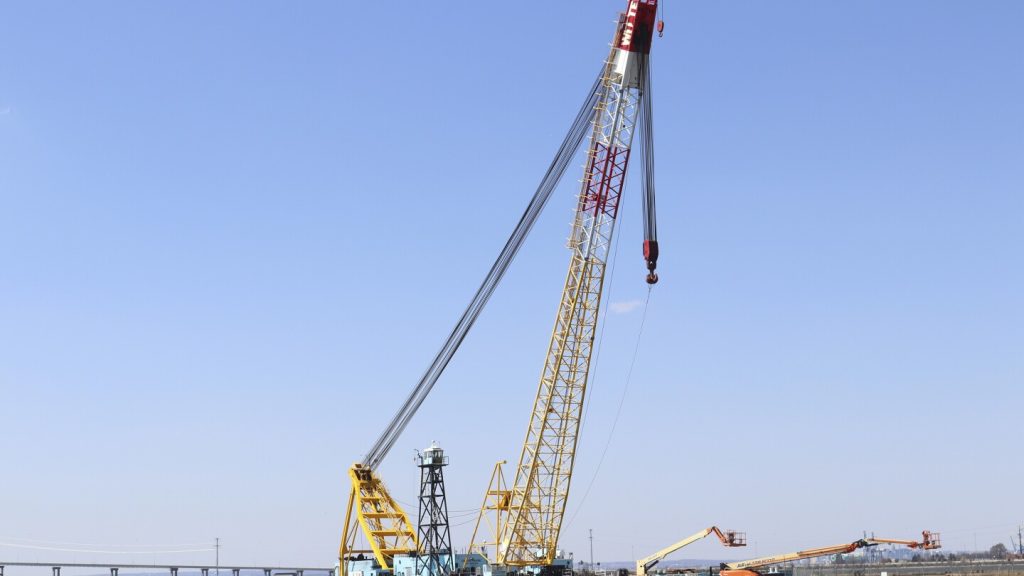In Baltimore, a floating crane called the Chesapeake 1000, nicknamed “Chessy,” is currently involved in the difficult task of removing the shattered steel from a recent fatal bridge collapse. The crane has a long history of various jobs, one of which involved helping the CIA recover a sunken Soviet submarine. The crane, originally known as the Sun 800, played a critical role in constructing a specialized ship called the Hughes Glomar Explorer, which was used in the Cold-War heist to retrieve part of the sunken sub from the Pacific Ocean.
The CIA’s mission, known as “Project Azorian,” was a highly secretive and expensive intelligence operation aimed at recovering the Soviet submarine, K-129, which was lost in 1968. The vessel was believed to contain valuable intelligence related to Soviet nuclear capabilities and military codes. Despite facing various challenges during the operation, including the claw breaking partway through the recovery process, the mission was considered a partial success. The salvage efforts also resulted in the retrieval of the bodies of six Soviet sailors, who were given a formal military burial at sea.
Following the initial mission, a second attempt was planned but was subsequently canceled after journalists, led by Seymour Hersh and Jack Anderson, broke the story in 1975. While the project did yield some valuable information, it was criticized for being overly expensive and diverting resources from other intelligence programs. The media’s reporting on Project Azorian had a “chilling effect” on the disclosure of intelligence secrets by news outlets, leading to increased secrecy in the reporting of such operations.
Despite the challenges faced and the criticism surrounding the operation, the professor noted that the mission was a significant milestone in U.S. intelligence history, particularly in the realm of underwater operations. The crane that was instrumental in constructing the Hughes Glomar Explorer is now known as one of the largest of its kind on the East Coast, with a lifting capacity of 1,000 tons. It has since been involved in various construction projects, but its current task in Baltimore represents one of the most urgent and challenging operations it has undertaken.
In Baltimore, officials are racing against time to clear the shipping channels for the busy port and to rebuild the collapsed bridge. The arrival of the Chesapeake 1000 at the site has highlighted the daunting task ahead, as the crane works to remove the debris and facilitate the construction of a new Francis Scott Key Bridge. Maryland Governor Wes Moore expressed his admiration for the work being done by the crane crew, acknowledging the difficulty of the task and the importance of their efforts in restoring the vital infrastructure.


